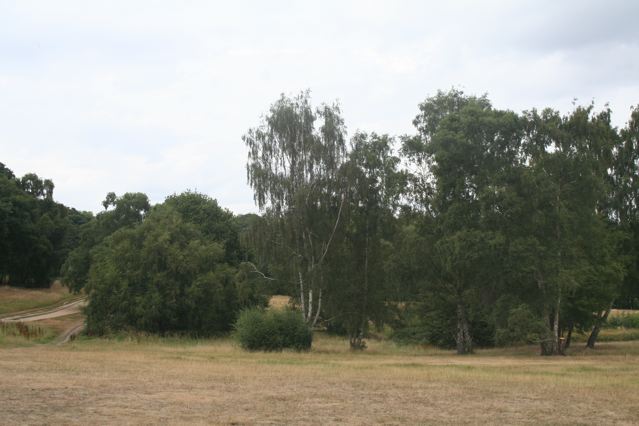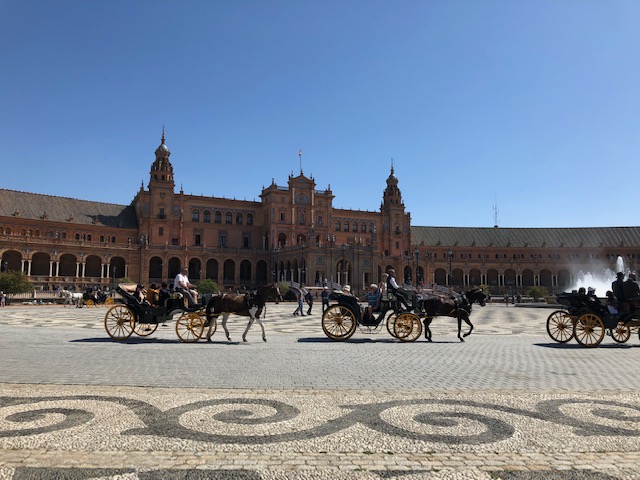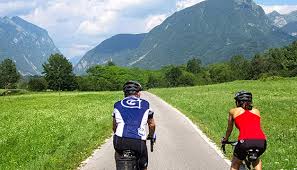Strolling Hampstead Heath
 There’s an excellent exhibition currently on display at the Morgan Library in New York on the Romantic Movement’s influence on landscape design. One of the mottos of the movement came from a line in a 1731 Alexander Pope poem, “Consult the genius of the place.” Translation: Preserve the wild, unadulterated beauty of the grounds and don’t overmanicure. I though about that line while walking last week in London’s Hampstead Heath with my family, friend Claire, and her adorable daughter, Evie. The rolling hillside is rich with old growth forest, shaded trails, long stretches of lawn, and streams, where we wound up feeding ducks and coots. After a week of fighting crowds at the National Gallery, Covent Garden, and the Tower of London, it was wonderful to spend the afternoon at arguably London’s best attraction, one of its many exquisite parks. On a weekday, Hampstead Heath was relatively quiet and off the beaten track enough to savor the serenity with locals. Only a few miles north of the city hubbub, it’s the perfect oasis.
There’s an excellent exhibition currently on display at the Morgan Library in New York on the Romantic Movement’s influence on landscape design. One of the mottos of the movement came from a line in a 1731 Alexander Pope poem, “Consult the genius of the place.” Translation: Preserve the wild, unadulterated beauty of the grounds and don’t overmanicure. I though about that line while walking last week in London’s Hampstead Heath with my family, friend Claire, and her adorable daughter, Evie. The rolling hillside is rich with old growth forest, shaded trails, long stretches of lawn, and streams, where we wound up feeding ducks and coots. After a week of fighting crowds at the National Gallery, Covent Garden, and the Tower of London, it was wonderful to spend the afternoon at arguably London’s best attraction, one of its many exquisite parks. On a weekday, Hampstead Heath was relatively quiet and off the beaten track enough to savor the serenity with locals. Only a few miles north of the city hubbub, it’s the perfect oasis.

 All it takes is a 5-minute stroll from our spectacular hotel,
All it takes is a 5-minute stroll from our spectacular hotel,  Backroads
Backroads
Nice, Steve, just back from a trip to London myself. Greenwich is another wide-open, leafy spot that’s worth a visit. Home to one of London’s largest royal parks, which includes a decent kids’ playground, boating pond, deer enclosure, and plenty historic buildings, and free museums. Fun to get down there via river bus past Tower Bridge, Tate Modern, and the Canary Wharf skyline. (Some nice riverside pubs at which to sup, too!)
Sorry I missed you, Alistair! One of these days, we’ll catch up in person.